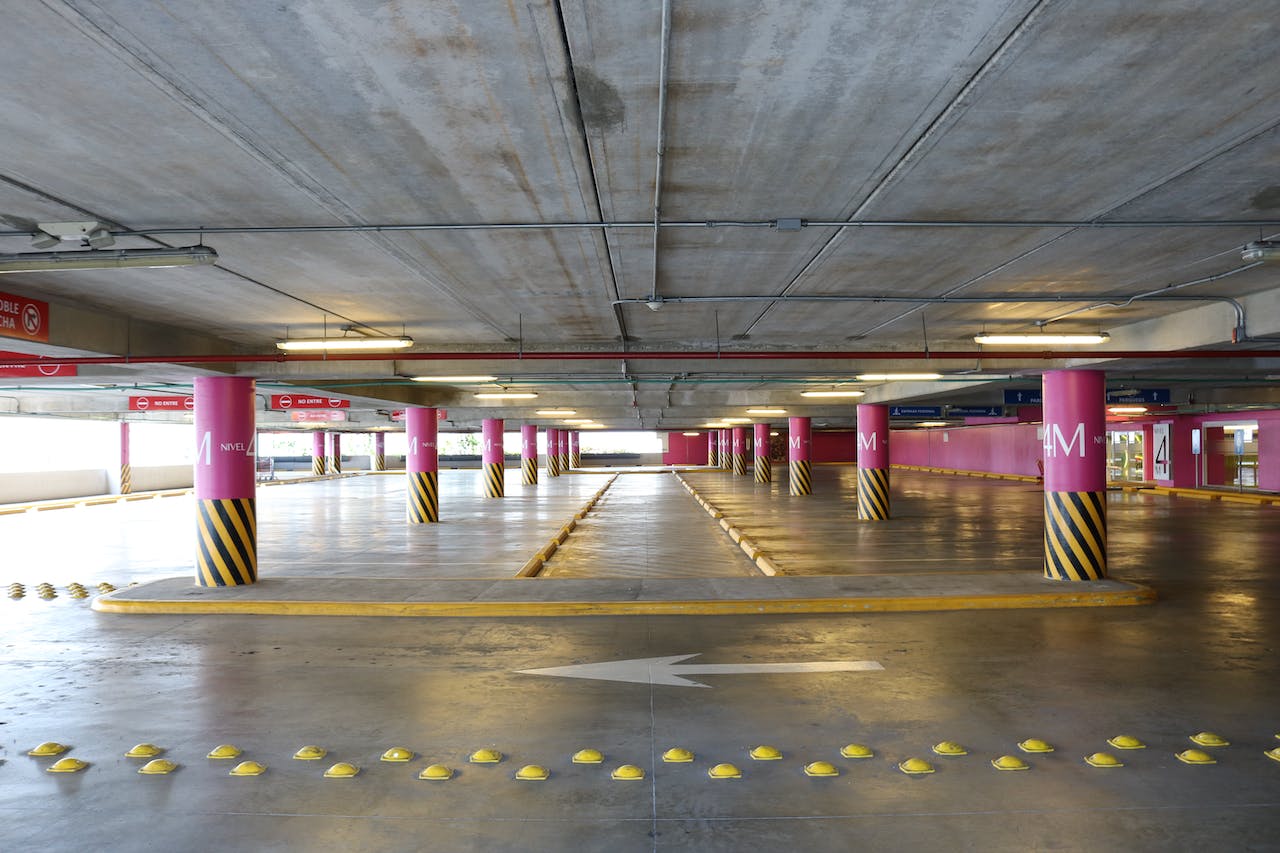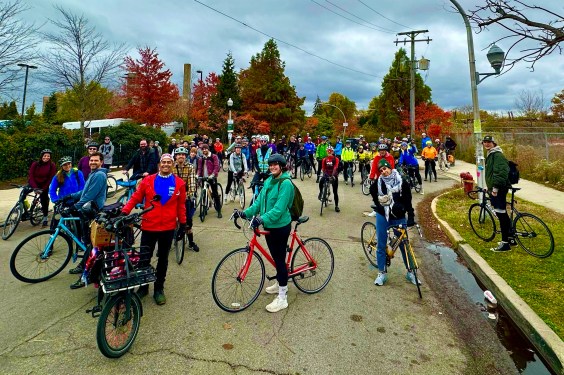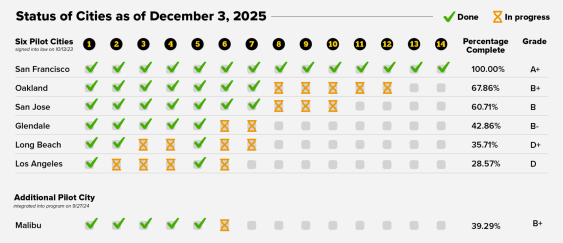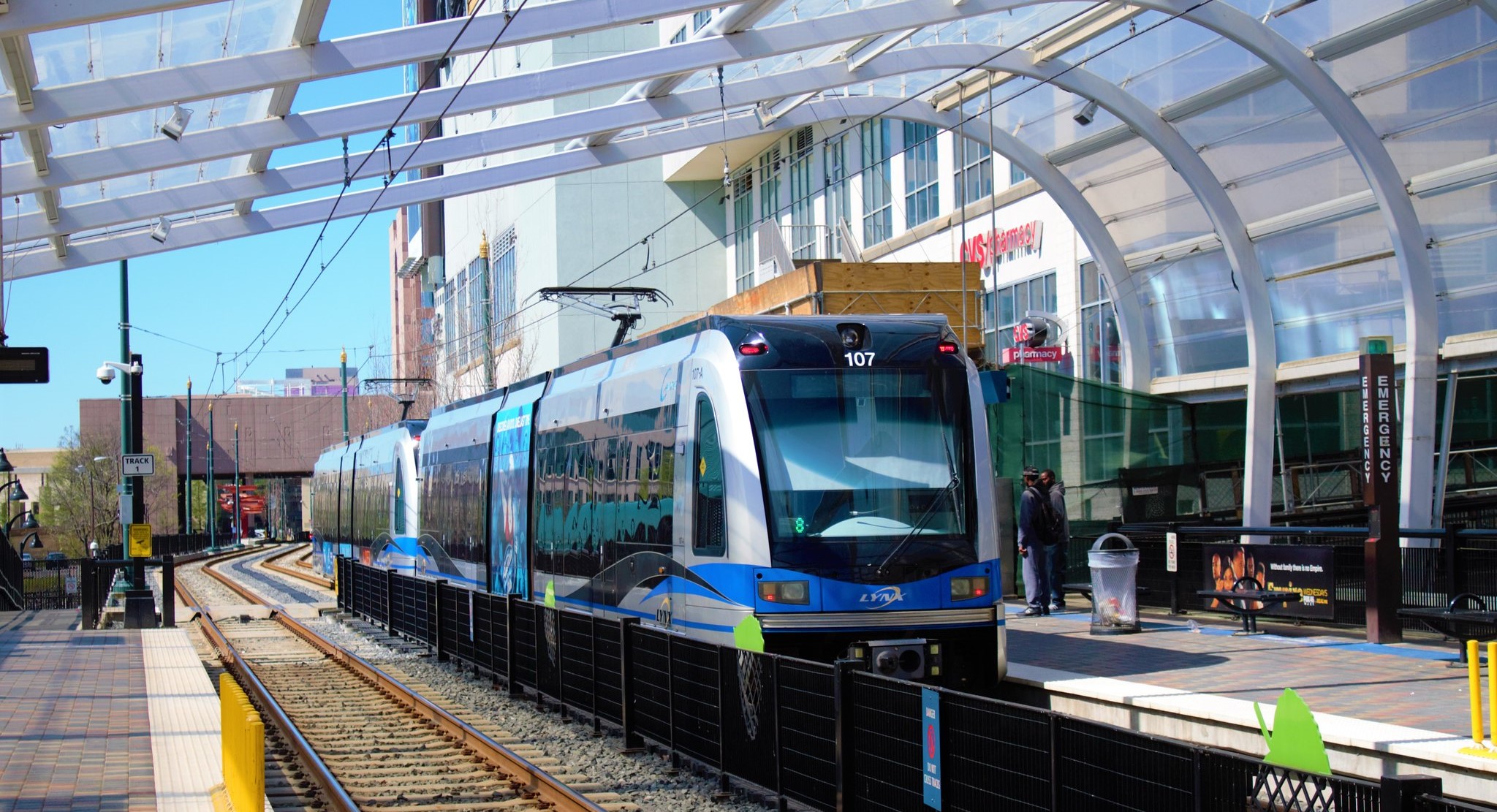The news media has been writing a lot about energy and oil addiction lately. One particularly noteworthy package of reporting highlights the hidden problems of oil addiction. Another searches for ways it could be alleviated but misses the most critical one. The first is The Chicago Tribune's enormously important four-part series by Pulitzer-winning reporter Paul Salopek called A Tank of Gas, a World of Trouble published July 29.
Is $3 gasoline expensive? Only when compared to its former price. Taxpayers -- nondrivers included -- subsidize gasoline purchases in a huge way. Here is a particularly critical passage from Chapter 3 of Salopek's report, on the Iraq war.
What are the hidden costs of America's imported oil? The answer is complex. It may ultimately be unknowable. But this hasn't daunted the likes of Milton Copulos.
A tenacious economist with the National Defense Council Foundation--a right-of-center Washington think tank--Copulos spent 18 solid months poring over hundreds of thousands of pages of government documents, toiling to fix a price tag on America's addiction to global crude. He parsed oil-related defense spending in the Middle East. He calculated U.S. jobs and investments lost to steep crude prices. He even factored in the lifelong medical bills of some 18,000 U.S. troops wounded in Iraq as of March. (About $1.5 million each.)
Copulos is a highly respected analyst in Washington. And his exhaustive findings flabbergasted the Senate Foreign Relations Committee this spring.
The actual cost of gasoline refined from imported oil, according to Copulos?
Eight dollars a gallon.
When he isolated the hidden costs of Middle Eastern crude in particular, the price jumped to $11. This included a war premium that swelled the Pentagon's spending to protect all Persian Gulf oil to $137 billion a year. In a truly transparent economy, by Copulos' math, filling up Rodriguez's Jeep would run about $230.
Consumers don't dodge the bill for all these masked expenditures. Instead, they pay for them indirectly, through higher taxes, or by saddling their children and grandchildren with a ballooning national debt--one that's increasingly financed by foreigners. The result: Unaware of the true costs of their oil habit, U.S. motorists see no obvious reason to curb their energy gluttony.
Outside of Saudi Arabia, the United States has among the lowest gasoline taxes in the industrialized world. After decades of this car-promoting policy, the average American now emits as much carbon dioxide in a day as the average non-American emits in a week. But if Scientific American's package on global warming is correct, we can lose that dubious distinction by applying our technological prowess to the problem.
Disappointingly, the article on transportation (behind a paywall) acknowledged the problem of greenhouse gas emissions caused by the United States vehicle fleet and listed out some alternatives.
- Improve or change vehicle technology
- Change how we use our vehicles
- Reduce the size of our vehicles
- Use different fuels
Nowhere was the option of driving less promoted. The article did hint that there is a connection between land use patterns and driving habits, or mention the enormous energy savings that comes from subways, light rail and buses, all of which become feasible at urban residential densities. At best, the article's second option, "change how we use our vehicles," obliquely gets at the concept of reducing vehicle use (without using the "R" word), but this option wasn't really discussed, except to note that VW is developing some kind of "urban" car that does better in city driving. An accompanying article on efficiency (also behind a paywall), does highlight the importance of efficient design, but fails to mention basic facts, including that apartment buildings are inherently much more efficient than detached single family houses.
Reducing energy use needs to be part of any discussion about how we end our oil addiction, and the best way to do that is to build transit-oriented, residentially dense places (i.e., rebuild our cities). As David Owen noted in his October 2004 New Yorker article "Green Manhattan," if New York City were a state, it would be ranked 51st in energy use. If more places were like New York City, the many problems the Chicago Tribune describes in so much detail would not exist.





